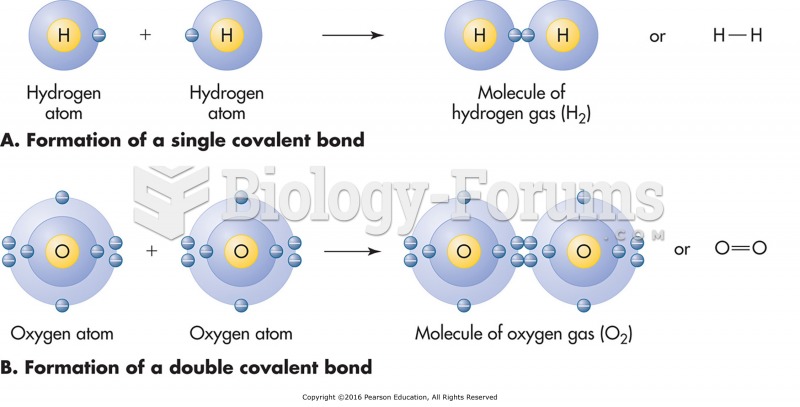This topic contains a solution. Click here to go to the answer
|
|
|
Did you know?
Human stomach acid is strong enough to dissolve small pieces of metal such as razor blades or staples.
Did you know?
Stroke kills people from all ethnic backgrounds, but the people at highest risk for fatal strokes are: black men, black women, Asian men, white men, and white women.
Did you know?
Approximately 500,000 babies are born each year in the United States to teenage mothers.
Did you know?
Excessive alcohol use costs the country approximately $235 billion every year.
Did you know?
All adverse reactions are commonly charted in red ink in the patient's record and usually are noted on the front of the chart. Failure to follow correct documentation procedures may result in malpractice lawsuits.
 (a) Feeding by bear on salmon results in large allochthonous inputs of nutrients into (b) the forest
(a) Feeding by bear on salmon results in large allochthonous inputs of nutrients into (b) the forest
 Flow scattergrams showing results on the top set from a healthy donor and on the bottom set from a ...
Flow scattergrams showing results on the top set from a healthy donor and on the bottom set from a ...





